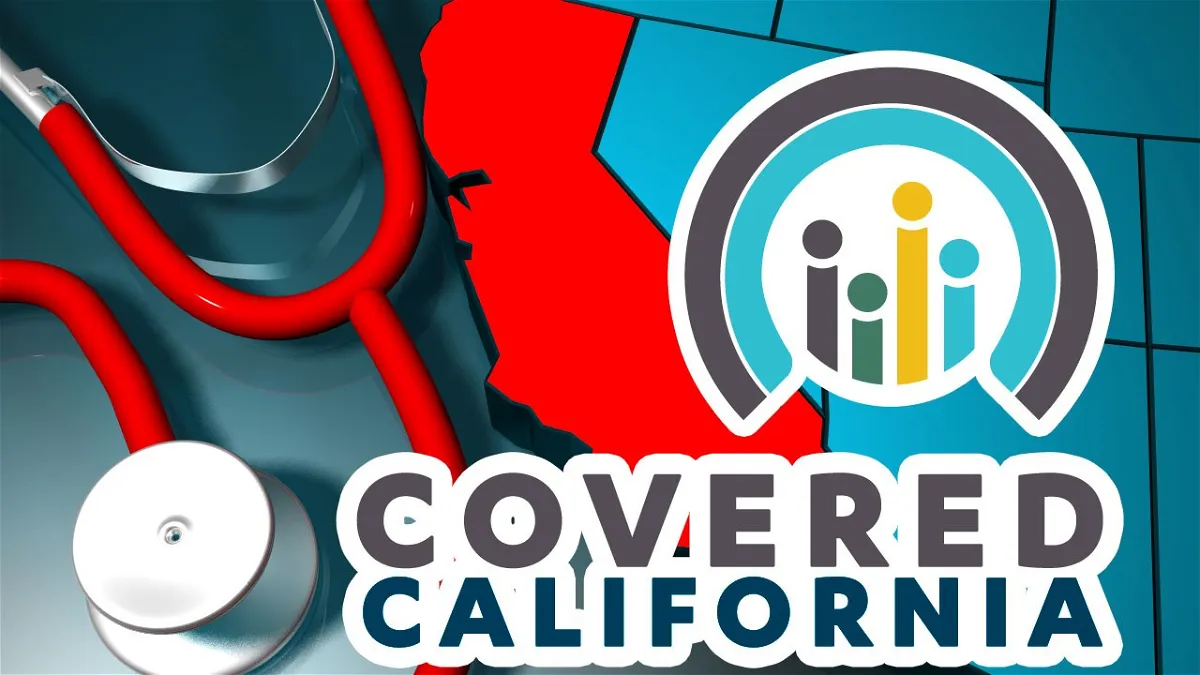Comprehensive Guide to Health Insurance in California: Navigating Your Coverage Options

Health insurance plays a pivotal role in safeguarding your well-being and financial stability. In California, a diverse array of options and programs are available to residents, making it crucial to understand the intricacies of the healthcare landscape. This comprehensive guide aims to provide you with a detailed overview of health insurance in California, covering everything from public programs to private insurance options.
Understanding California’s Healthcare System
Public Healthcare Programs
California boasts a robust public healthcare system designed to cater to individuals across various income brackets.
Medi-Cal: A Lifeline for Low-Income Individuals
Medi-Cal, California’s Medicaid program, offers free or low-cost healthcare coverage to low-income individuals and families. This vital program ensures that even those facing financial constraints have access to essential medical services.
Eligibility for Medi-Cal is primarily based on income, family size, and other qualifying factors. The program covers an extensive range of services, including hospital care, prescription medications, preventive care, and more. It acts as a safety net for vulnerable populations, providing them with the healthcare they need to lead healthy lives.
Covered California: Navigating the Health Insurance Marketplace
Covered California serves as the state’s health insurance marketplace. It’s a platform where individuals and families can explore, compare, and purchase private insurance plans. This program is particularly beneficial for those who don’t have access to employer-sponsored coverage or public programs like Medi-Cal.
Covered California offers a variety of plans categorized into different tiers – Bronze, Silver, Gold, and Platinum – each providing varying levels of coverage and cost-sharing. Additionally, subsidies are available to help lower-income individuals and families afford insurance.
Employer-Sponsored Health Insurance: Benefits and Considerations
Many Californians receive health insurance coverage through their employers. These plans come with their own set of advantages, often including group rates, broader network access, and contributions from employers towards premiums.
Understanding the specifics of your employer-sponsored plan is crucial. It’s important to be aware of the coverage provided, any associated costs (such as premiums, deductibles, and copayments), and the process for adding dependents or making changes to your coverage.
COBRA (Consolidated Omnibus Budget Reconciliation Act) is another aspect to consider. It allows individuals who leave their jobs to continue their existing employer-sponsored coverage for a certain period, albeit at the full premium cost.
Additional Coverage Options
California offers a variety of additional coverage options to complement public programs and employer-sponsored plans.
Private Health Insurance: Tailoring Coverage to Your Needs
Individuals and families have the option to purchase private health insurance plans from various providers. This offers a higher degree of customization and flexibility in choosing the coverage that best suits their specific healthcare needs.
Private insurance plans come in different forms, including individual plans for single policyholders and family plans that cover multiple individuals. When selecting a private plan, factors such as coverage limits, deductibles, and network options should be carefully considered.
PPO vs. HMO: Deciphering the Alphabet Soup
Two common types of private insurance plans in California are Preferred Provider Organizations (PPOs) and Health Maintenance Organizations (HMOs). Each comes with its own set of advantages and considerations.
- PPOs offer a broader network of healthcare providers, allowing policyholders to seek care from specialists without referrals. This flexibility often comes with higher premiums and out-of-pocket costs.
- HMOs, on the other hand, require individuals to select a primary care physician (PCP) and seek referrals for specialist care. While the network is more restricted, HMOs generally have lower premiums and out-of-pocket expenses.
Medicare and Medicare Advantage: Catering to Seniors’ Healthcare Needs
For individuals aged 65 and older, California offers Medicare, a federal program that provides essential healthcare coverage. Understanding the intricacies of Medicare and its various parts (A, B, C, and D) is crucial for seniors to make informed decisions about their healthcare.
In addition to traditional Medicare, beneficiaries have the option to choose Medicare Advantage plans offered by private insurance companies. These plans often include additional benefits like vision and dental coverage, as well as prescription drug benefits, making them a comprehensive option for seniors.
Navigating the Enrollment Process
Ensuring you have the right coverage in place starts with understanding the eligibility criteria and enrollment process for various programs.
Who is Eligible for What?
Eligibility for health insurance programs in California varies based on factors such as income, age, and residency status. It’s important to familiarize yourself with the specific requirements for each program to ensure you qualify for the coverage you need.
Open Enrollment Periods: Seizing the Opportunity
For many health insurance programs, there are designated open enrollment periods during which individuals and families can apply for coverage or make changes to their existing plans. Being aware of these timeframes is crucial to ensure you don’t miss out on the opportunity to secure or modify your coverage.
Conclusion: Empowering Californians Through Informed Choices
In conclusion, a comprehensive understanding of the health insurance options available in California is pivotal for every resident. Whether you’re exploring public programs like Medi-Cal, navigating the Covered California marketplace, or considering private insurance, being well-informed empowers you to make the best decisions for your health and financial well-being.
Remember, health insurance isn’t just a policy; it’s a safety net, a means to access necessary care, and a way to secure your future. By taking the time to understand the intricacies of California’s healthcare landscape, you’re not only protecting your health but also investing in your peace of mind.
Frequently Asked Questions (FAQs)
1. Is health insurance mandatory in California?
Yes, under the Affordable Care Act, all Californians are required to have health insurance coverage. Failure to do so may result in a penalty when filing taxes.
2. Can I have both public and private health insurance?
Yes, individuals can have both public and private health insurance to enhance their coverage. This allows for a more comprehensive approach to healthcare needs.
3. What is the penalty for not having insurance in California?
The penalty for not having insurance in California is assessed through your state taxes. It’s important to prioritize obtaining coverage to avoid potential financial penalties.
4. How do I apply for Medi-Cal?
You can apply for Medi-Cal through the California Department of Health Care Services website or by visiting your local county office. The application process involves providing information about your income, household size, and other relevant details.
5. Can I change my Covered California plan after open enrollment?
You may qualify for a Special Enrollment Period if you experience certain life events, such as marriage, birth of a child, or loss of other coverage. This allows you to make changes to your plan outside of the open enrollment period. Be sure to promptly notify Covered California of any qualifying life events to ensure uninterrupted coverage.
 Skip to content
Skip to content







